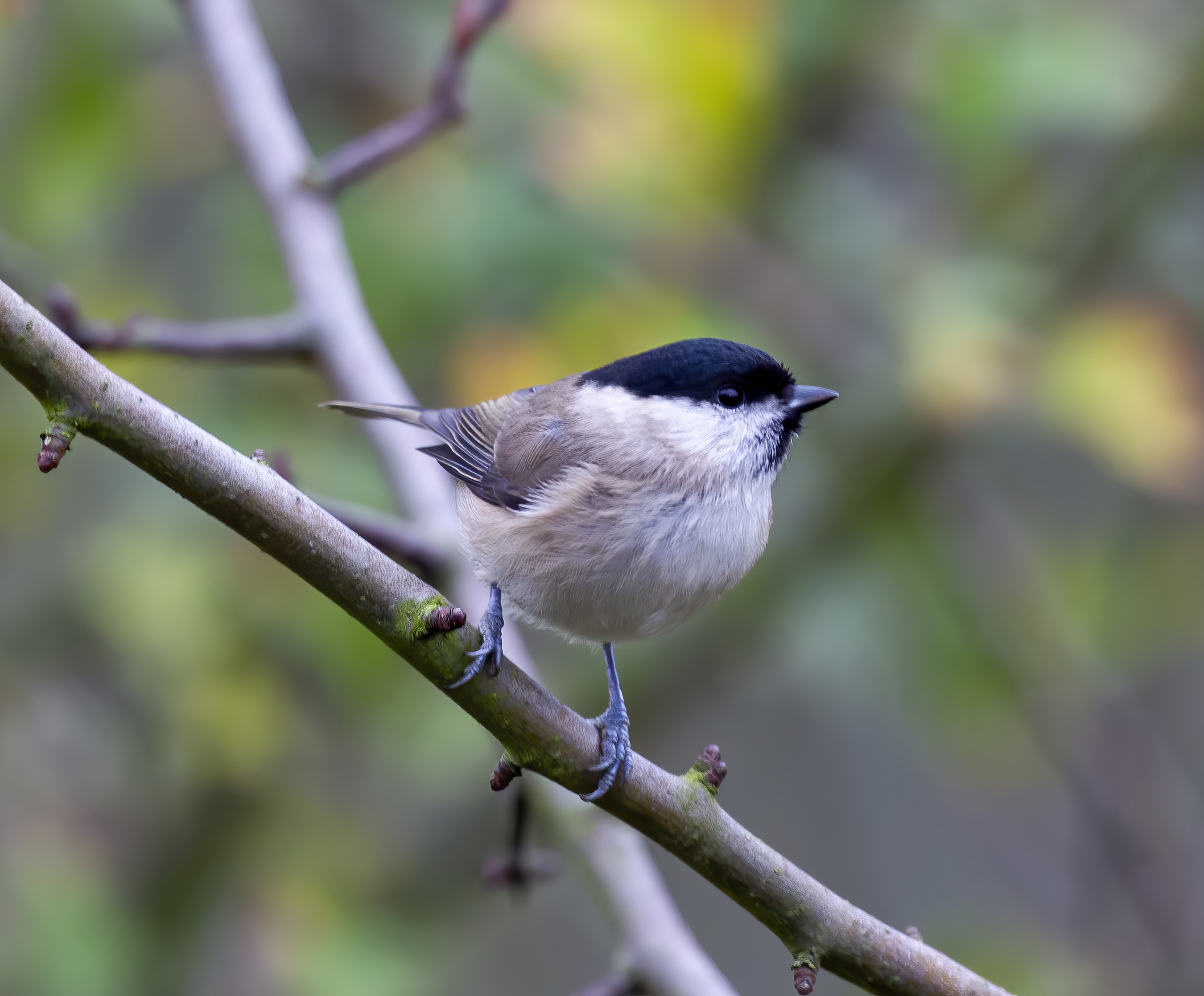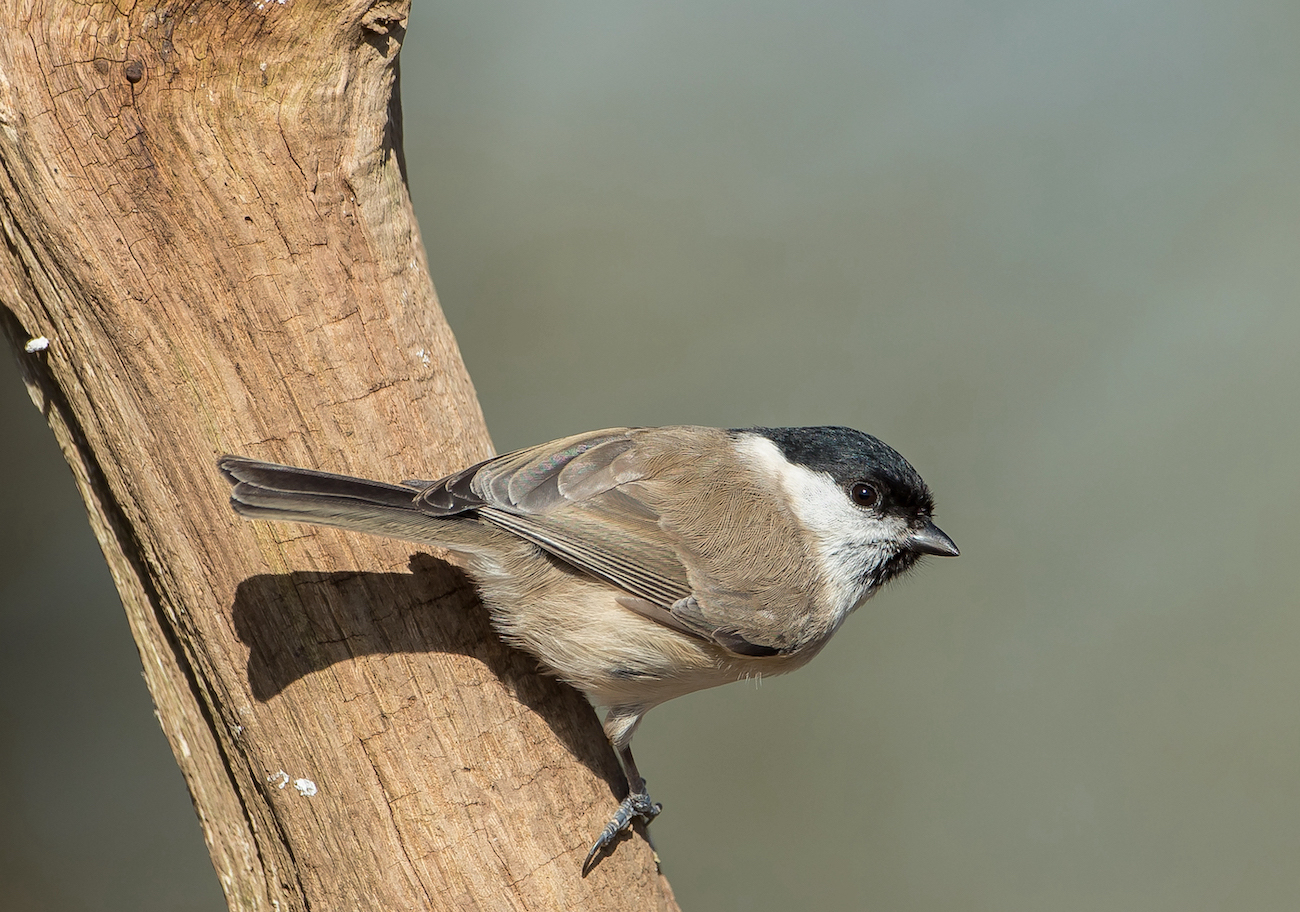Marsh Tit Poecile palustris
Fairly common but local resident, mainly in the south-west.


At first glance the distribution of Marsh Tit has remained fairly local throughout the last 50 years, but this masks a definite retreat of the species from the north and east of the county to its woodland strongholds in the Kesteven forests of the southwest. This was observed as a result of the detailed survey work done for the Atlas from which some 200 pairs were estimated to be in the county in the late 1980s. The population in Lincolnshire and the East Midlands is too small to show up on the BBS Index, but the England index shows a long-term decline of 37% since 1994 for this BoCC4 red data species. The BTO Atlas of 1988-1991 showed a net loss from twenty five 10 km squares, with a further net loss of two squares by the time of the 2007-2011 BTO Atlas. That decline has probably continued and the APEP4 adjusted estimate for Lincs was 140 pairs in 2016. Over the 6 years to 2018 the maximum counts reported have been eight at Anwick STW in August 2014 and eight at Callan's Lane Wood in December 2013. Marsh Tit is not entirely sedentary and over the period reliable reports of singles on the coast came from Alkborough Flats where one was seen on and off from November 2013 to April 2015; Gibraltar Point in August 2014, September 2018, and October 2022; Freiston Shore October 2016; and Frampton Marsh September 2017. There are no ringing recoveries of birds ringed outside the county or abroad, unsurprisingly, but as with Coal Tits Periparus ater multiple local retraps has shown their site fidelity and longevity - one adult first caught in 2007 has been retrapped three times, lastly in 2017, and is now more than 10 years old.
(Account as per new Birds of Lincolnshire (2021), included October 2022)
